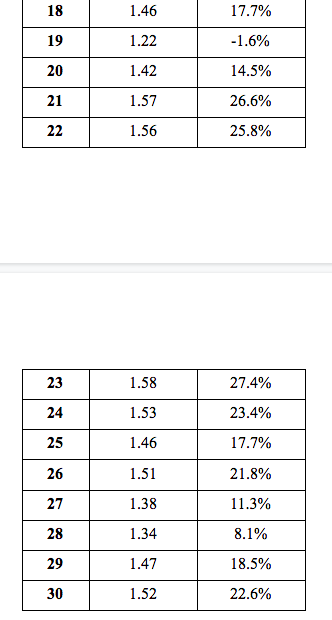Question
Introduction Introductory physics laboratories give students the opportunity to discover the natural physics laws through hands-on activities performed in a small group of two or
Introduction
Introductory physics laboratories give students the opportunity to discover the natural physics laws through hands-on activities performed in a small group of two or three peers.
What is missing in these labs is the opportunity to view and analyze the data collected by all the groups. By pooling data, non-systematic uncertainties in the measurement average out, making the relationship among variables stand out more clearly. Students can also observe the validity of the physics laws using data taken with different equipment. Furthermore, a cluster of data points gives a better sense of the magnitude of uncertainty in a measurement.
We will refer to these labs as 'whole class' laboratories.
Objectives
In this laboratory data gathered by 30 different groups in an experiment involving the elongation of a metallic tube in response to an increase in temperature will be analyzed collectively to determine the coefficient of linear expansion, , of the metal. By producing a scatter plot of the results of all the 30 groups and a histogram of the percent difference between the measured and the accepted values of for individual group measurements, we can verify the precision of individual group measurements and will also be able to comment on the overall trend of the collected data.
The original experiment
Most materials expand when heated through a temperature range that does not produce a change in phase. The added heat increases the vibrational kinetic energy of the atoms, resulting in an increased separation between them. This, in turn, leads to an expansion of the material.







Step by Step Solution
There are 3 Steps involved in it
Step: 1

Get Instant Access to Expert-Tailored Solutions
See step-by-step solutions with expert insights and AI powered tools for academic success
Step: 2

Step: 3

Ace Your Homework with AI
Get the answers you need in no time with our AI-driven, step-by-step assistance
Get Started


